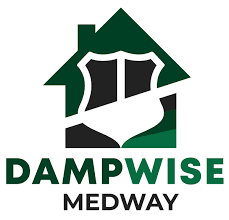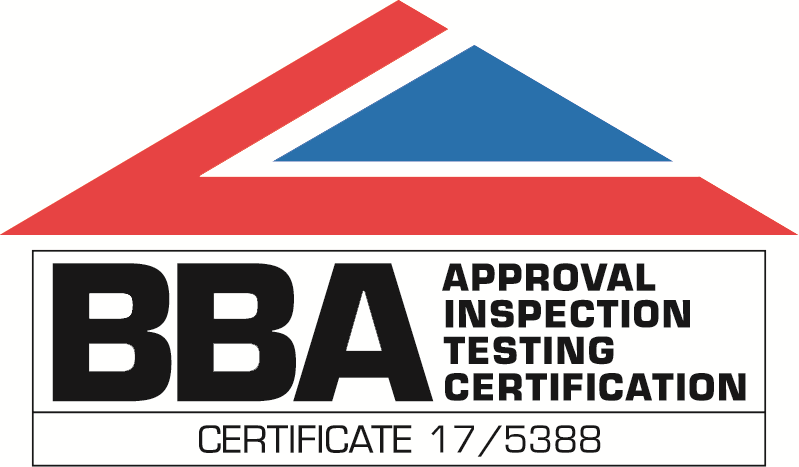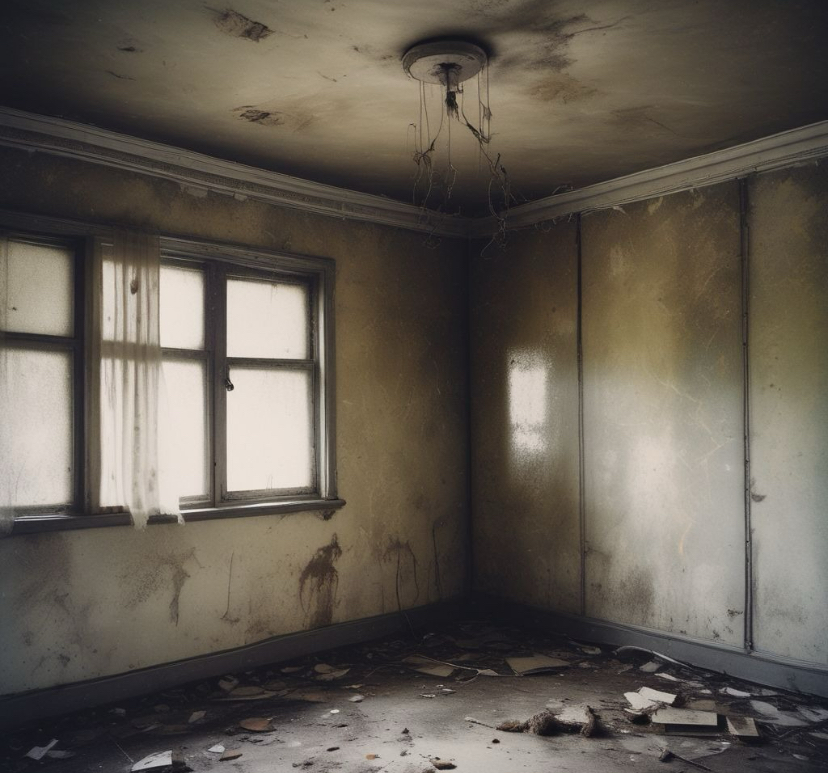Damp and mould are not just unsightly nuisances in a home—they pose serious health risks to residents, affecting both physical and mental well-being. A recent report from the Department for Levelling Up, Housing and Communities (DLUHC), prompted by the tragic case of Awaab Ishak, highlights the dangers of untreated damp and mould. This report aims to raise awareness among both private and social landlords about the urgent need to address these issues.
The Health Risks of Damp and Mould
Damp and mould create an environment that fosters allergens, irritants, and toxins harmful to health. Even in the absence of visible mould, damp conditions encourage the growth of microorganisms, including fungi, bacteria, viruses, and house dust mites, all of which can negatively impact human health.
The primary health issues associated with damp and mould include:
-
Respiratory Problems: Coughing, wheezing, shortness of breath, and an increased risk of airway infections.
-
Allergic Reactions: Worsening asthma, allergic airway diseases, and eye irritation.
-
Skin Conditions: Eczema, fungal infections, and other dermatological issues.
-
Severe Cases: Prolonged exposure may even lead to fatal health complications.
Certain groups, including individuals with asthma, weakened immune systems, pregnant women, young children, and the elderly, are particularly vulnerable to these effects.
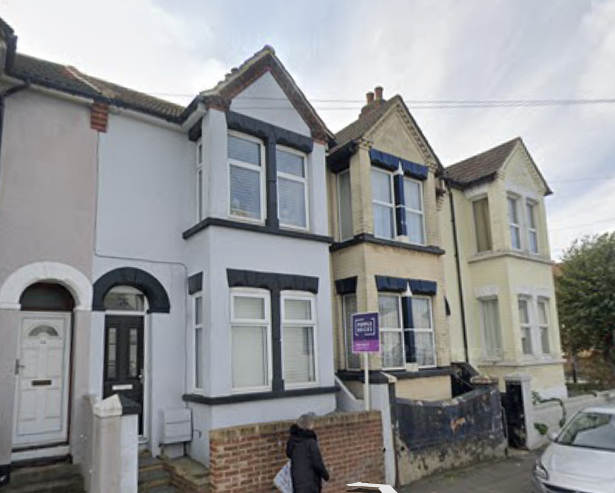
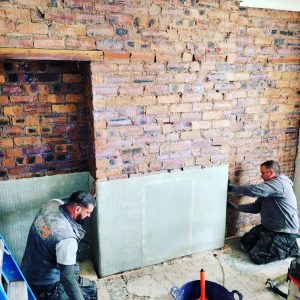

The Mental Health Toll
Living in a home with persistent damp and mould can significantly impact mental health. The stress of inhabiting an unhealthy environment, coupled with the frustration of landlords failing to resolve the problem, can lead to anxiety, depression, and social isolation. Many residents feel embarrassed to invite guests into their homes, further compounding their distress.
The Widespread Damp and Mould Crisis
The scale of the problem in the UK is alarming. According to a report by the Regulator for Social Housing:
-
160,000 social housing homes are affected by significant damp and mould issues.
-
8,000 properties have conditions so severe they pose an immediate risk to residents’ health.
Several factors contribute to this crisis:
-
Aging Housing Stock: The UK has some of the oldest and least energy-efficient homes in Europe.
-
Lack of Investment: Cuts to funding and pressures on social landlords have resulted in minimal improvements to existing homes.
-
Rising Energy Costs: Many tenants struggle to afford heating, leading to higher condensation levels and worsening damp and mould issues.
-
Climate Change: Increasingly extreme weather conditions, including wetter summers and colder winters, exacerbate moisture problems.

Government Response: Awaab’s Law
In response to the preventable death of Awaab Ishak, the UK government has introduced Awaab’s Law as part of the new Social Housing Regulation Bill. This legislation mandates that social landlords promptly investigate and address reported health hazards within set timeframes, ensuring tenants are not left in unsafe living conditions.
How Rochester Building and Damp Can Help
At Rochester Building and Damp, we specialize in identifying and resolving damp and mould issues in both private and social housing. Our expertise in damp-proofing, ventilation solutions, and structural repairs ensures that your home remains safe, healthy, and free from moisture-related hazards.
If you’re experiencing problems with damp and mould in your home, don’t wait until it impacts your health. Contact Rochester Building and Damp today for expert solutions and peace of mind.


